The allure of purple cannabis has been prominent in the industry for decades. There's something about the royal hue that intrigues cannabis consumers and cultivators of all experience levels. Many myths surround why some cannabis plants express this trait while others don't, but despite what you've heard, the answer comes down to picking the right genetics and having the plants in the correct cultivation environment.
There are varying shades of purple you may find in a cannabis nug. Some will have a slight maroon tone, while others are so purple they're nearly black. It's the flavonoids in the plant, or the anthocyanins in particular, that cause this intriguing coloration. Flavonoids are water-soluble pigments found in almost all fruits and vegetables, and they're what give them their beautiful, vibrant colors. There are many types of flavonoids, but for purple cannabis, it's anthocyanins that we have to thank. Anthocyanins produce the pigment of red, purple, and blue, and it's the pH level that causes the coloration to range drastically. Blueberries, cherries, and pomegranates all contain the same anthocyanins that certain cultivars of cannabis do.
The appearance of this coloring in cannabis is due to the ripening buds approaching harvest. Here in the Emerald Triangle, the natural cycle of the cannabis plant starts in the spring when the young plants begin sprouting from the ground. The plants grow tall and wide in the summer sun, but as the sun's cycle shortens as we move into fall, the plants switch from their vegetative state to their flowering stage, and they start to grow buds that stack into large, juicy colas. These flowers will ripen around eight weeks into the flowering cycle, and this is when you begin to see the cannabis plant, along with the other trees and bushes, changing colors as fall makes its presence known. The plants fade into gorgeous yellow, purple, and red shades that become more intense the closer they get to harvest. As they near the end of their life span, this emergence of vibrant coloring comes from their natural evolution in the wild meant to conserve energy and increase their chances of pollination before they would wilt in the cold winter.
However, not all cannabis plants are able to display these purple hues. Only certain strains genetically contain anthocyanins, and even if the anthocyanins are present, the plants still have to feel they're moving into the winter cycle to reveal this pigment. This happens due to environmental factors as we move into winter's cold months, which is where the idea of watering your cannabis plants with cold water or placing them in a cold environment to make them turn purple comes from. While this is mainly true, this phenotypic expression will only happen if the cannabis cultivar has anthocyanins already present. But exposing your plants to cold conditions can severely damage them and negatively affect the success of a harvest if done incorrectly. If growing outside is a possibility in your area, the natural approach would be to choose genetics, like Grandaddy Purple, Grape Ape, and Purple Urkle, that naturally want to dress themselves in gorgeous purple tones, then let the fall’s cooling climate dictate the color change.
Hive Mendocino has craft cannabis available for purchase today, and as the year continues forward, we get closer and closer to our summer and fall harvests. If you're looking for purple hues, ask us for our inventory, and we can put your name on a colorful batch today. All of our strains, purple-toned or not, are sustainably grown with the attention to detail our ladies love. Fill out a Wholesale Account Form so we can keep you updated on the latest inventory, Hive Mendocino news, exclusive wholesale deals, and more.
Photo by: Diyahna Lewis via Unsplash

